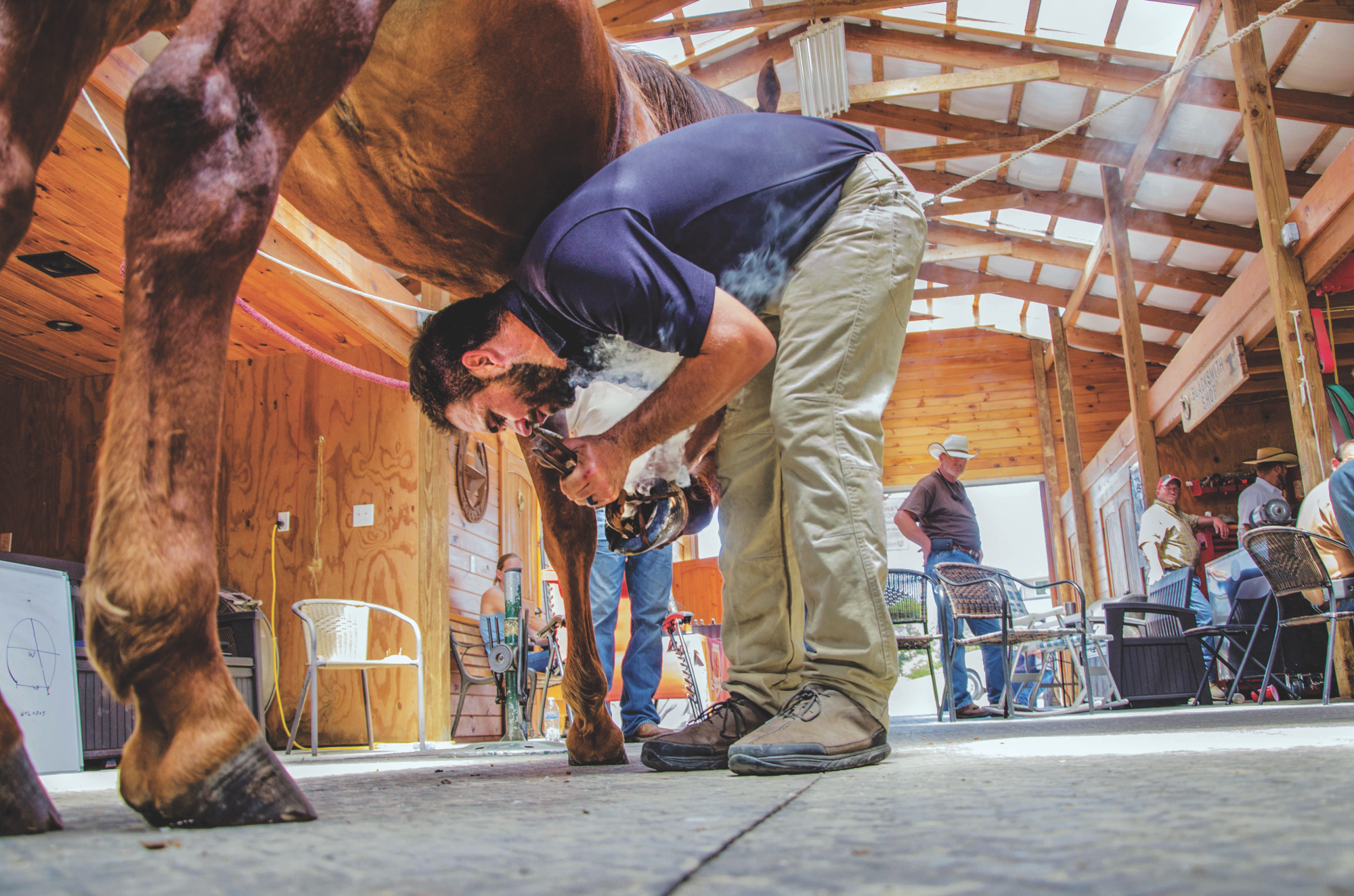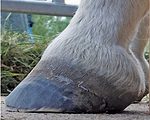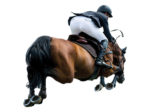Advertise Follow Us
Trimming
Trimming Significantly Changes Hoof Morphology
Study concludes the mustang roll trim is detrimental to the equine foot
Read More
A Different Point Of View
Wisconsin farrier experiments with video to learn more about equine gaits
Read More
Q&A: May/June 2017
What discipline do you find challenges you the most when the horse interferes and why?
Read More
Farriers Sweat The Small Stuff To Keep Performance Horses Competing
Sore feet, abscesses occur regardless of discipline and require quick and effective hoof care
Read More
What Do Horn Tubules Do?
Although farriers know that horn tubules play an important role in hoof wall structure, this article provides a deeper understanding of it
Read More











